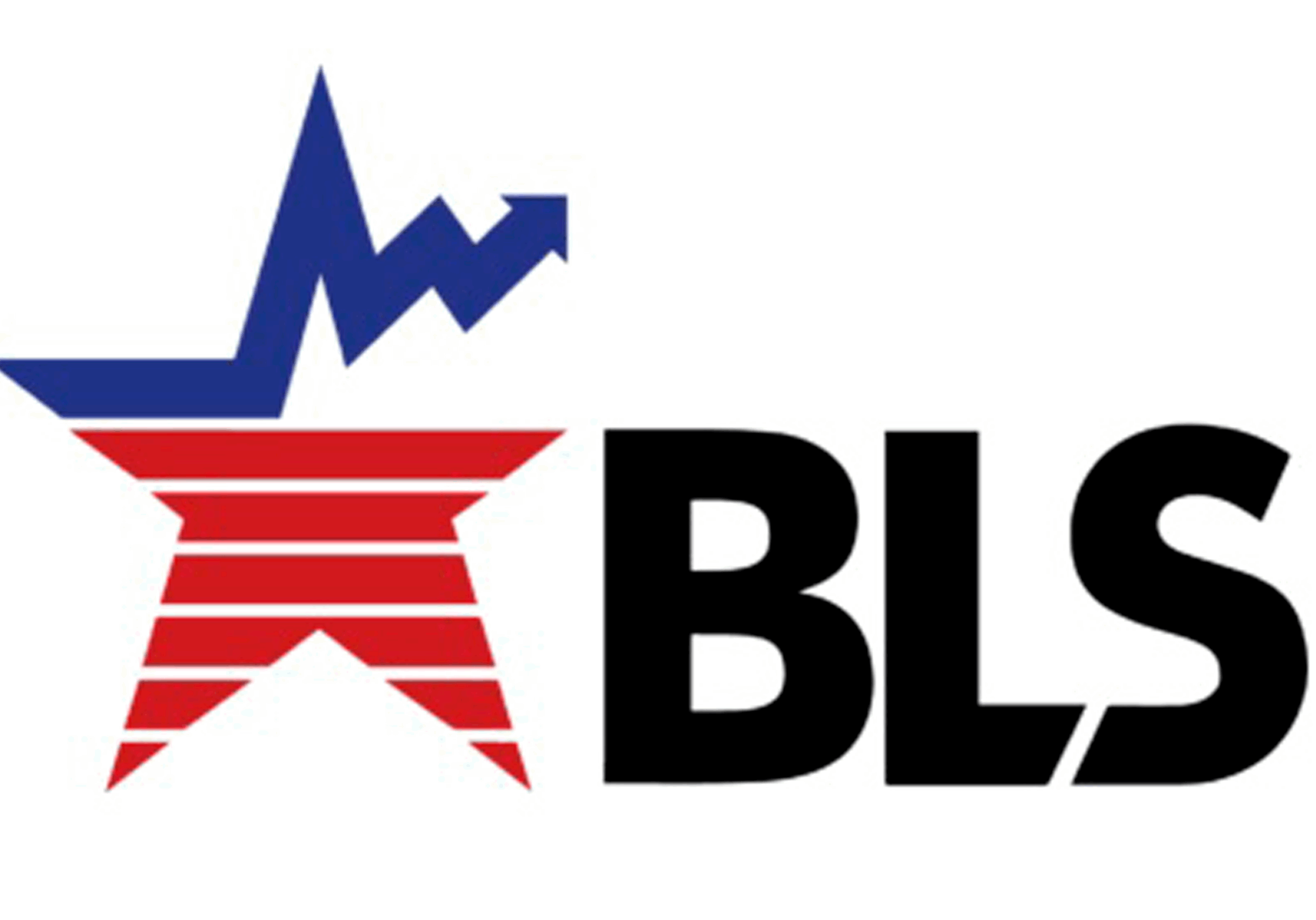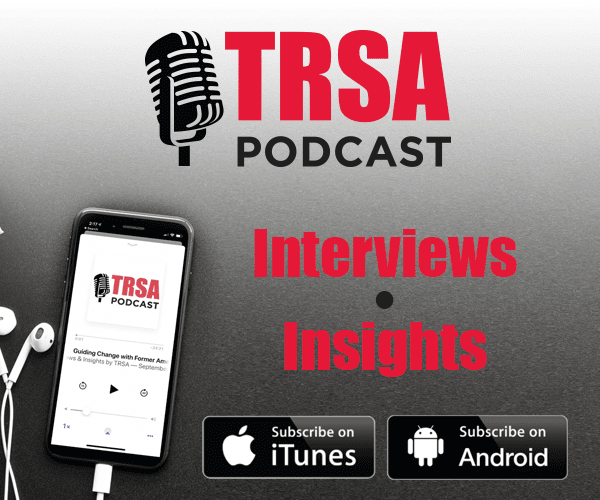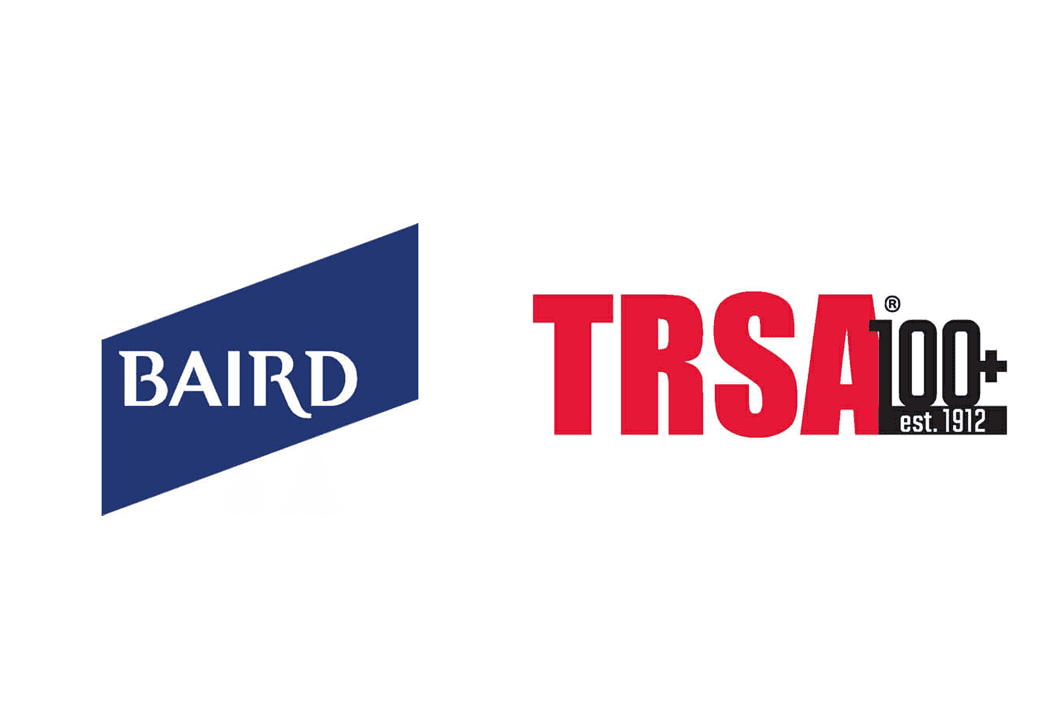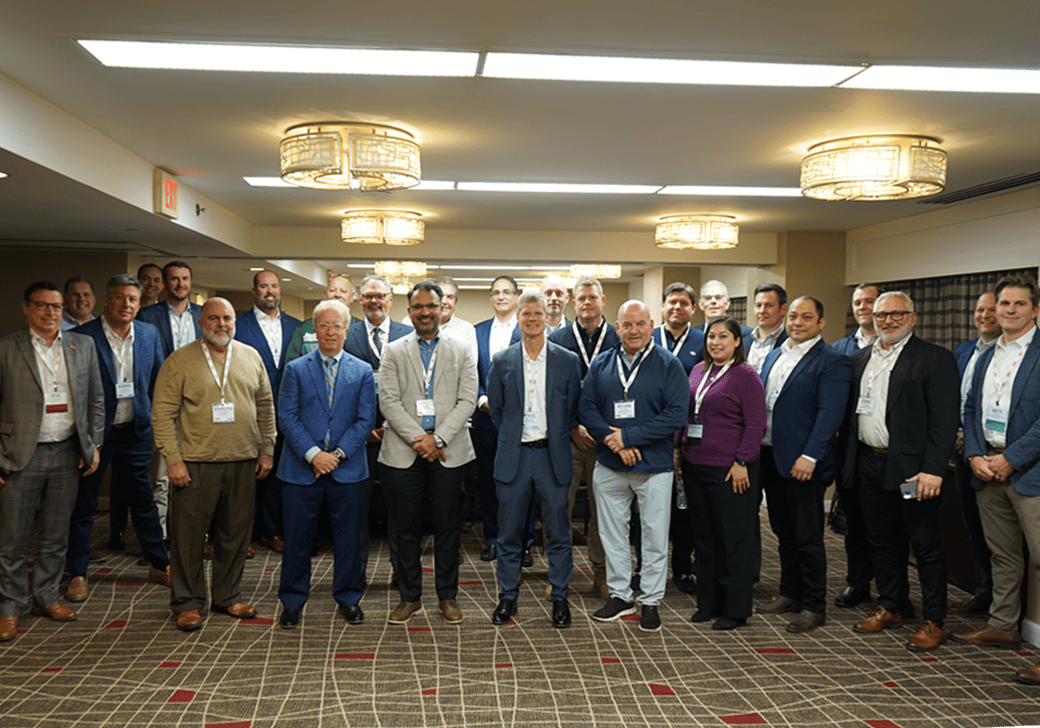Businesses such as uniform rental companies that follow the monthly federal report on job creation lost this reference in October, when the government shutdown prevented it from being published. It should be available when the government reopens. But the current absence raised questions about whether it’s all that useful, anyway.
Investment analyst Robert W. Baird & Co., the acknowledged leading provider of key financial data about public uniform rental companies, characterized the matter in an email to its clients as “September Payrolls: Work with What You Got.”
U.S. business media concurred and suggested alternative sources to the federal report, which some B2B industries rely upon heavily for industry-specific planning. These include staffing and recruiting, commercial real estate, enterprise software, wholesale trade and financial services.
Chief among these alternative sources: the ADP National Employment Report, recognized as an independent measure of the labor market based on the anonymized weekly payroll data of more than 26 million U.S. private-sector employees in the United States. ADP’s Pay Insights captures nearly 14.8 million individual pay change observations each month. Together, the jobs report and pay insights use ADP’s fine-grained data to provide what the firm calls “a representative and high-frequency picture of the private-sector labor market.”
ADP reported that private employers shed nearly 32,000 jobs in September, reflecting an unchanged trend of continued lost momentum in job creation across most sectors:
Goods-producing: -3,000
- Natural resources/mining +4,000
- Construction -5,000
- Manufacturing -2,000
Service-providing: -28,000
- Trade/transportation/utilities -7,000
- Information +3,000
- Financial activities -9,000
- Professional/business services -13,000
- Education/health services +33,000
- Leisure/hospitality -19,000
- Other services -16,000
The ADP total contrasted with the Revelio Jobs report, which indicated that employers added about 60,000 jobs last month, largely on the strength of the education/health services sector. The protocol that generates this report draws from more than 100 million U.S. job profiles that mirror the national workforce and cover two-thirds of all employed individuals.
The firm describes itself as an industry leader in workforce intelligence, deploying a team of data scientists, economists and engineers who derive reports from “ingesting the universe of publicly available online profiles, job postings, employee sentiment reviews and layoff notices. We’ve created a standard structure to unify occupations and job titles, skills and activities, and companies and other organizations.”
Business publisher Bloomberg noted Oct. 3 that “U.S. Job Growth Is Slowing Even Without Government Data to Show It,” citing the ADP and Revelio findings and pointing to other sources that provide insight. They included the Institute for Supply Management and Homebase, a provider of workforce management software to smaller businesses, which suggested a 150,000 gain in September payrolls.
The agency within the Labor Department that produces the federal report – the Bureau of Labor Statistics – has been noted for its downward revision of job growth estimates. Over the 12 months ended in March, BLS had reported that employers added nearly 1.8 million total jobs (149,000 per month) on a non-seasonally adjusted basis. This was revised downward to half the previously reported growth. The ultimate impact: reduction of the total U.S. worker count by 0.06%.
Bloomberg noted that “sizable adjustments to monthly job data sparked outrage at the White House and led to President Trump’s dismissal of the head of the BLS in August.” Such revisions typically take place every year with a preliminary estimate followed by a final revision. The 2024 adjustment was the largest such decrease since 2009. The 2025 drop will likely be larger.
BLS uses business establishment and household surveys to generate its estimates. The establishment survey contacts about 140,000 businesses and government agencies (excluding jobs in the agriculture sector), asking how many people they employ and how much they’re paid. The household survey queries roughly 60,000 households, asking multiple questions concerning the employment status of people 16 years and older.
Publish Date
October 17, 2025
Categories
Sign Up For Our Newsletter
Receive the latest updates on the linen, uniform and facility services industry from TRSA delivered straight to your inbox.








